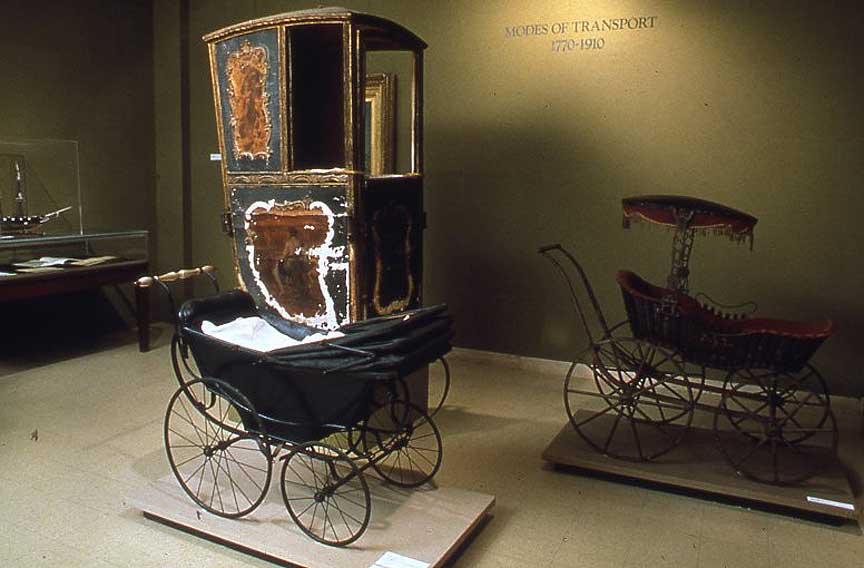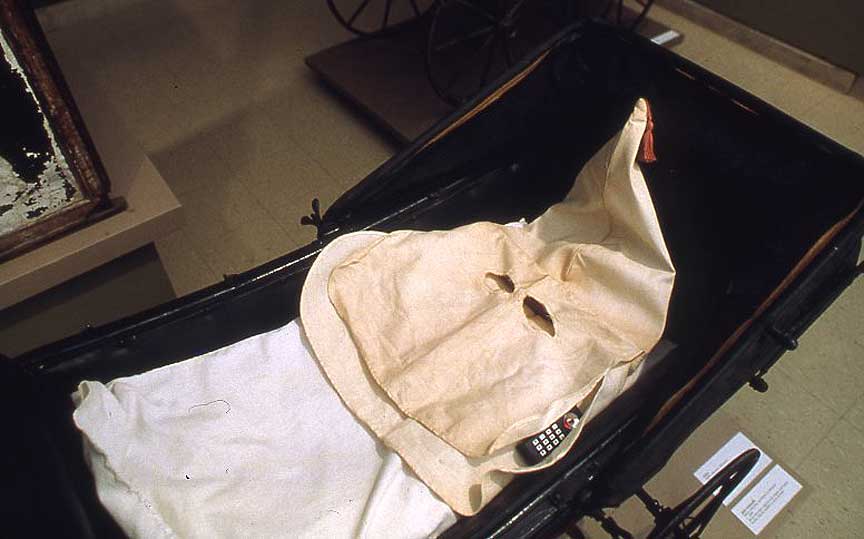

In looking at Stein's discussion of artist Fred Wilson's intervention within the Maryland Historical Society, we can discern a couple of specific methods that were used to generate the critical response from viewers that Wilson desired. In many regards, these methods are not unlike the kinds of decisions that must be made when designing a screen-based experience. Think, for example, about the way that Wilson categorized the narratives he was going to deal with ("historical truths", "human emotions", "slavery and rebellion", "dreams and achievements") and used colors and the architecture to delineate them for museum visitors. Scale is used to dramatic effect, as visitors are often presented with multiple vantage points that encourage different readings depending on the proximity, and hence the ability to see detail. This enacts a temporality for the visitor - remember one of the aspects of interaction we talked about on the first day of class was the necessity of recognizing changes in the system/object.
Some other tactics used by Wilson: the direct comparison between the portrait busts held by the museum (of Napoleon, Henry Clay and Andrew Jackson) and those they don't own (Tubman, Douglass, Banneker) to highlight gaps in the museum's collection and therefor its celebration of history; pointing to the mechanisms of display themselves - holding up for contemplation the vitrines and numbering systems that usually are considered ahistorical and neutral implements of the museum.
Post a Comment